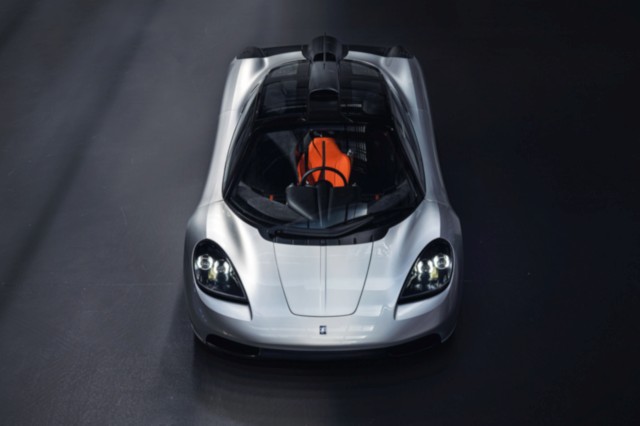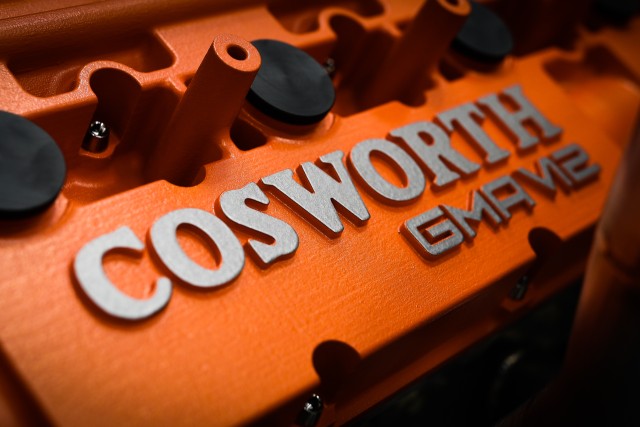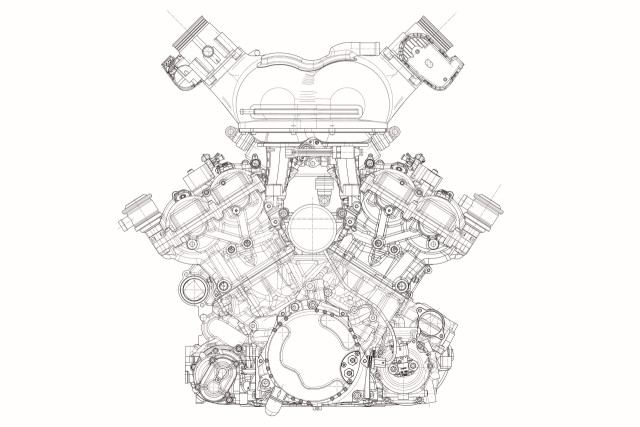The Gordon Murray T.50 and its Cosworth GMA V12 have been revealed and the details are enough to blow anyone’s mind.

The man behind the McLaren F1 and more lightweight, high-performance super sports cars has had something equally light and powerful up his sleeve for a while. The Gordon Murray T.50 is the proper successor to the McLaren F1 and this time there’s an even more intoxicating Cosworth GMA V12. The car builds on the essence of its iconic predecessor – the central driver’s seat with two passenger seats aft on either side. The familiar side-windows now use thinner glass that saves weight.


With a clear view on the sort of acceleration and torque required, and the goal of a sub-1,000-kg vehicle weight, Cosworth proposed an engine capacity of just 3.9-litres, while still achieving supercar performance. Isn’t that just a throwback to late-1960s Italy?! Well, this is more than 50 years later and the numbers are far greater. The inspiration, however, came not from the Lamborghini Miura with its 3.9-litre V12, but the legendary Ferrari 250 GTO and its 3.3-litre V12 – small capacity, character-rich and powerful. The T.50 powertrain also draws inspiration from the BMW S70/2 V12 developed for Murray’s highly revered McLaren F1; one which, to many, remains the ultimate supercar engine. But, Murray felt that there were improvements that could be made.

The Cosworth GMA V12 in the T.50 is a 65° unit and has a displacement of 3,994 cc. It promises screaming high-end power – 663 hp at 11,500 rpm, and a red-line of 12,100 rpm – while also being tractable for everyday driving. The maximum torque of 467 Nm peaks at 9,000 rpm, but a key factor in ensuring day-to-day driveability is that more than 70 per cent that torque – 331 Nm – will be produced from as low as 2,500 rpm. Measured in revolutions gained per second, the T.50 will achieve truly mind-boggling responsiveness, picking up at 28,400 revs per second. To put that into context, a Formula 1 engine’s equivalent is around 10,000 rps. This means that the Cosworth GMA V12 can rev from idle to its 12,100-rpm red-line in 0.3 of a second! And that’s in a road-legal car. This is possible thanks to the light weight. Constructed from a high-strength aluminium alloy, the crankshaft is made from steel and weighs only 13 kg, and the connecting rods and valves are made from titanium, so is the clutch housing. Thus, the engine weighs just 178 kg.

One detail that can’t be missed is a 48-volt electrical system and a ground-effect fan to assist aero, which, with the ram-air induction, adds up to 50 hp to take the grand total to over 700 hp. There are four settings for the Aero too.
That said, the Gordon Murray T.50 only weighs 986 kg (kerb). That’s a potential 672 hp/tonne and more than 700 hp/tonne with the ram-air benefits considered. The high-revving engine can be harnessed better using one of two modes: the GT mode limits revs to 9,500 and power to 600 hp, making it easier to use in the city, when full power isn’t needed.

In its most extreme aerodynamic setting – Vmax Mode – the T.50 has been optimized for outright performance. The car combines motor sport slipstream technology and ram-air induction. There’s more. The transmission.
The brief for the Gordon Murray T.50 given to Xtrac was for the gearbox was simply ‘the best gear change in the world’. The six-speed, close-ratio manual transmission is a short-shifting gearbox and is staggeringly lightweight, weighing just 80.5 kg. And it drives just the rear wheels.
The Gordon Murray T.50 doesn’t come with commitments of any 0-100 km/h time or top speed, it’s intent is simply to provide the ultimate driving experience.




















Leave a Reply